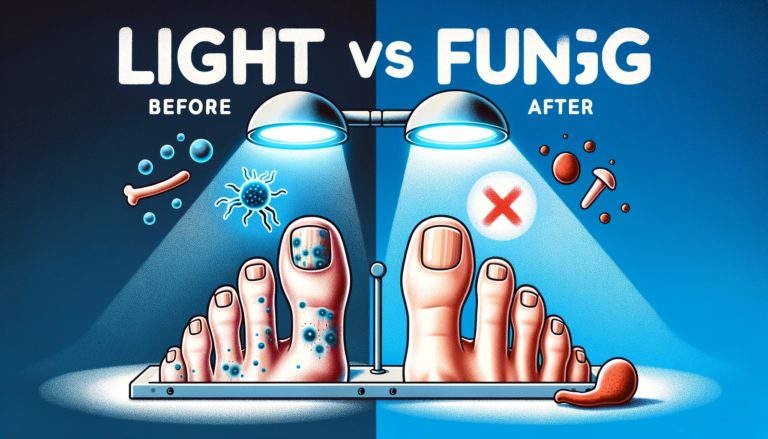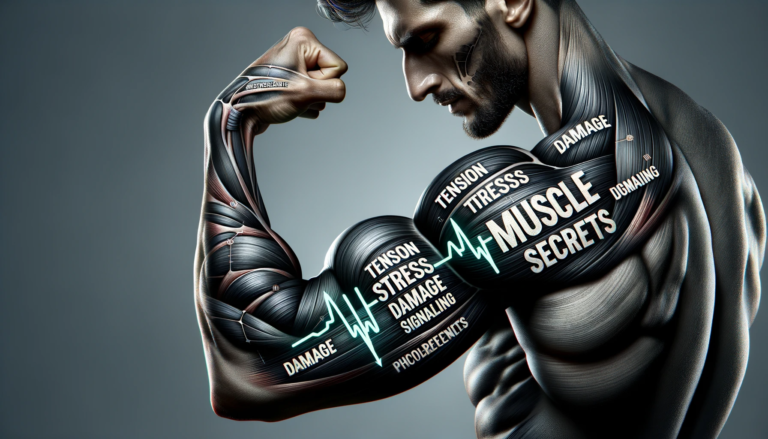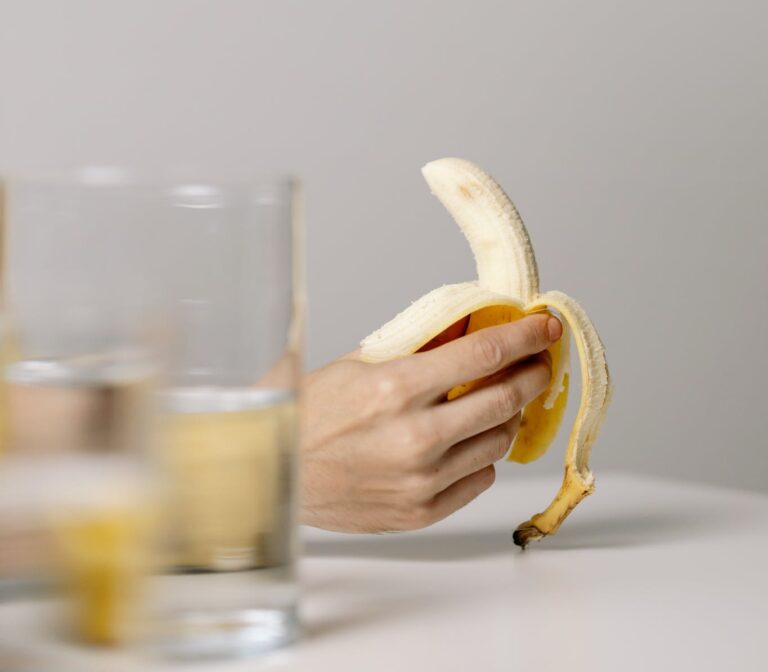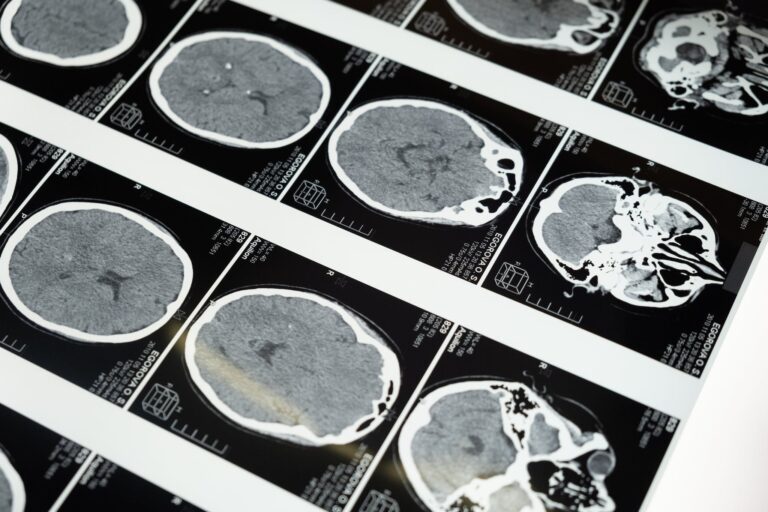
Health Waggle Insight
Could an age-old remedy from Asia be the game-changer for treating alcohol addiction? Imagine an extract from a raisin tree in the Far East that brings balance to the brain, fighting off the dark force of alcohol addiction. That’s DHM—dihydromyricetin—for you. Today, we’re diving deep into this groundbreaking discovery and the promise it holds for countless lives.
Alcohol addiction is a monster that has its grip on millions of people around the world, tearing apart families and ruining lives. In the U.S. alone, more than 14 million adults are struggling with it.
The current treatments? Well, they haven’t been good enough to stop this monster.
The Enemy We’re Up Against: Alcohol Addiction
So why is alcohol so hard to quit? Think of it like a bully on the playground that takes over your brain. Imagine your brain as a control room full of buttons, knobs, and switches.
One of these switches is called GABA, and alcohol loves to mess with it. At first, flipping the GABA switch makes you feel relaxed and buzzed.
But flip it too often, and the control room goes haywire, making it even harder to walk away from alcohol.
Today’s treatments don’t really fix this jumbled control room, and that’s why many people relapse within a year. We need a new superhero to save the day, and that might just be DHM.
The Superhero in Disguise: DHM
DHM is a natural compound extracted from the oriental raisin tree, Hovenia dulcis, which has been used for centuries in Eastern medicine.
But DHM is much more than folk medicine. Cutting-edge research reveals it has an ingenious multi-pronged mechanism that hits alcohol addiction from all sides.
It’s like having a utility belt full of tools, each designed to take down different problems caused by alcohol. Picture Batman with a tool to defuse a bomb, another to unlock doors, and yet another to tie up the bad guys—DHM works just like that:
- Stops You from Getting Drunk: DHM counteracted motor impairment from acute alcohol in rats, keeping them sober. Think of a breathalyzer test where the needle doesn’t even move; that’s DHM.
- Fights Withdrawal: DHM reduced anxiety, tremors, and seizures during alcohol withdrawal. Imagine shaking off a bad flu; DHM helps you do that with withdrawal symptoms.
- Blocks Addiction: DHM blocked the development of tolerance in both occasional and habitual drinkers in rodent models. It’s as if DHM builds a wall, so alcohol can’t sneak back into your life.
- Reduces the Urge to Drink: DHM decreased voluntary alcohol consumption and prevented escalation of intake. Imagine having your favorite cake in front of you but not feeling the urge to eat it.
- Balances the Brain: Here’s the big one – DHM targets and normalizes disrupted GABA receptor activity after both acute and chronic alcohol exposure.
This last effect is huge. Unlike current options, DHM directly resolves the neurotransmitter imbalance driving alcohol addiction. Remember the messed-up control room? DHM walks in like a skilled technician and starts fixing the switches and buttons, especially the GABA one.
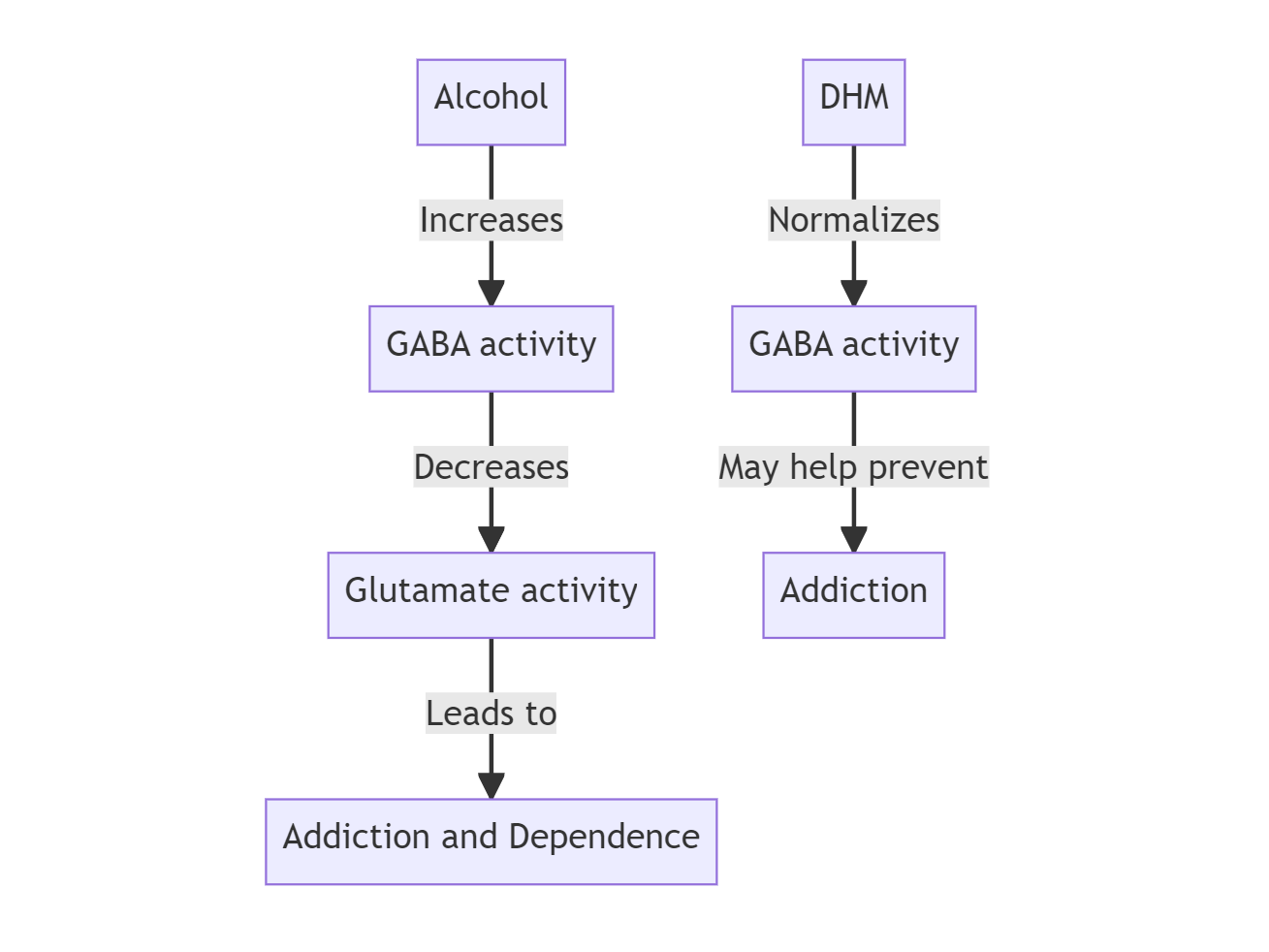
A Game-Changer for Treatment
For those struggling with alcohol use disorders, these findings should spark hope. DHM has shown remarkable potential for:
- Blocking the intoxicating effects that make alcohol addictive
- Easing the anguish of withdrawal
- Keeping alcohol from sinking its claws deeper into the brain
- Reducing cravings and motivation to drink
Just as importantly, DHM achieved all this in animal studies without sedative or addictive side effects itself. It taps into the brain’s GABA system but in a normalizing, rather than disrupting, manner.
The ability to directly address alcohol’s effects on neurotransmitters gives DHM a completely novel approach to treatment. While human trials are still needed, this natural compound is arguably one of the most promising antipsychotic medication prospects in decades.
For the millions in alcohol’s throes, DHM just might prove to be the lifeline they’ve been waiting for. It holds the potential to fundamentally change how we treat alcohol addiction, offering those in its grasp a path to once again take hold of their lives.
DHM’s roots may come from an ancient plant, but its possibilities for the future are boundless.
Frequently Asked Questions
How does DHM compare to current options for treating alcohol addiction?
Unlike other medications, DHM directly targets and normalizes the disrupted GABA receptor activity underlying alcohol addiction.
This unique mechanism holds promise as a more comprehensive treatment approach.
Is DHM effective for alcohol addiction treatment?
Research has shown that DHM can counteract alcohol intoxication and withdrawal symptoms in rats, and it has the potential to treat alcohol addiction and alcohol use disorders (AUDs).
However, its effectiveness may vary depending on the individual and the severity of their addiction.
What are the next steps for researching DHM as an alcohol addiction treatment?
DHM has shown robust effects in animal models. Next steps will involve controlled clinical trials to evaluate its safety and efficacy in humans suffering from alcohol use disorders. [5]
What are the potential side effects of DHM?
DHM is generally considered safe, but some potential side effects may occur, including drowsiness, dizziness, dry mouth, headache, upset stomach, constipation, trouble sleeping, mental/mood changes, vision changes, and allergic reactions.
How long does DHM last in the body?
There is limited information available on the exact duration of DHM’s effects in the body. However, one study suggests that DHM remains effective for a long time (at least 10 weeks) if taken with alcohol.
What are the different forms of DHM available in the market?
DHM is available in several forms, including tablets, powders, chewable tablets, liquid extracts, and capsules. The recommended dosages vary:
- Tablets: Dosage not specified
- Powders: 600-900mg per 3 alcoholic drinks
- Chewable tablets: 2 tablets after every 5 or fewer drinks
- Liquid extracts: Dosage not specified
- Capsules: 300-4000mg per day
It is important to note that the recommended dosage may vary depending on the product and the manufacturing process. Always consult with a healthcare professional before starting any new supplement regimen.
Does DHM cure hangovers?
DHM has been used for centuries in traditional Korean and Chinese medicine as an anti-alcohol herb and hangover cure. Studies have shown that DHM can help reduce hangover symptoms such as headache, dizziness, nausea, and weakness.
How does DHM protect the liver?
DHM has been found to protect the liver by enhancing ethanol metabolism, reducing the buildup of acetaldehyde (a toxic byproduct of alcohol), and improving liver function. It also has antioxidative, anti-inflammatory, and hepatoprotective properties.
What are some techniques to enhance DHM solubility?
Techniques to enhance DHM solubility include using suitable cosolvents, drug carriers, inclusion complex with hydroxypropyl-β-cyclodextrin, self-nano emulsifying drug delivery systems (SNEDDS), nanoparticle formulations, hot-melt extrusions, spray-dried dispersions, and nanoemulsions.
Dihydromyricetin (DHM) has low water solubility (only about 0.2 mg/ml at 25°C) and poor stability in aqueous environments [1]. To improve its solubility, several methods can be employed. One approach is to use suitable cosolvents, such as ethanol and DMSO, but these organic solvents can be problematic for application [1]. Another method involves using suitable drug carriers to facilitate the dissolution of DHM [1].
Morning Recovery, a popular hangover recovery drink, uses a patent-pending manufacturing technology that maximizes the solubility of DHM and keeps it soluble as it makes its way through the stomach and into the gut [3]. This improved solubility directly impacts DHM absorption and efficacy. Other methods to enhance DHM solubility include nanoparticle formulations, hot-melt extrusions, spray-dried dispersions, and nanoemulsions [2].
It is important to note that more research is needed to fully understand the effectiveness and safety of DHM in various forms and solubility-enhancing techniques.
Source:
https://www.ncbi.nlm.nih.gov/pmc/articles/PMC3292407/pdf/zns390.pdf
[2] Bioavailability (cheershealth.com)
[3] https://www.morelabs.com/blogs/journal/not-all-dhm-is-created-equal-why-our-patent-pending-formula-is-superior
[4] (18) What is the Best Dihydromyricetin Dose? | LinkedIn
[5] Phase I, Dose-Escalation Study of Dihydromyricetin (DHM) to Treat Alcohol-Associated Liver Disease – Full Text View – ClinicalTrials.gov



